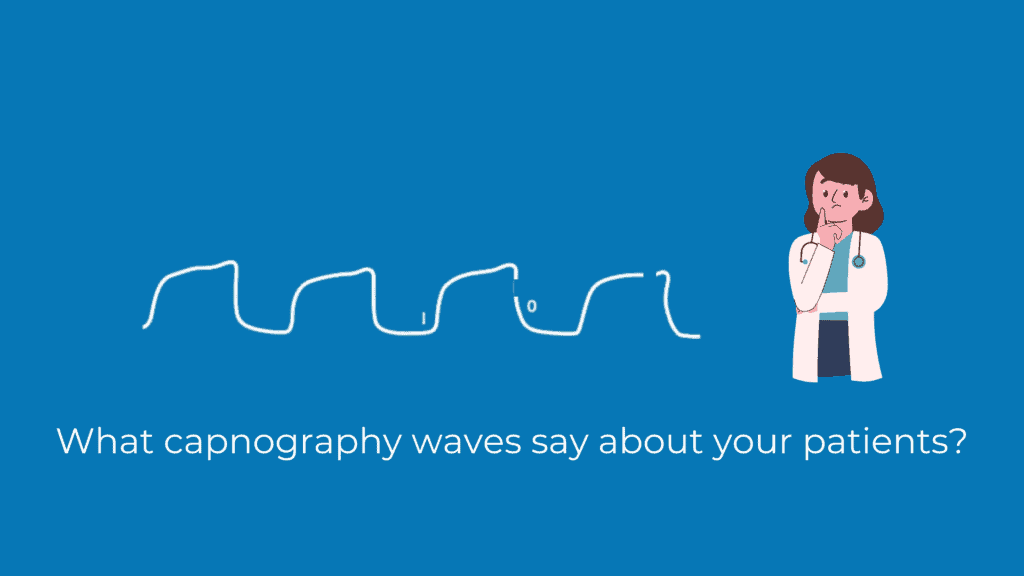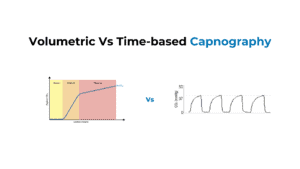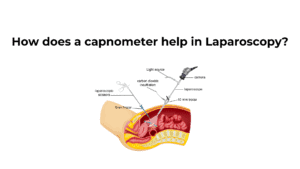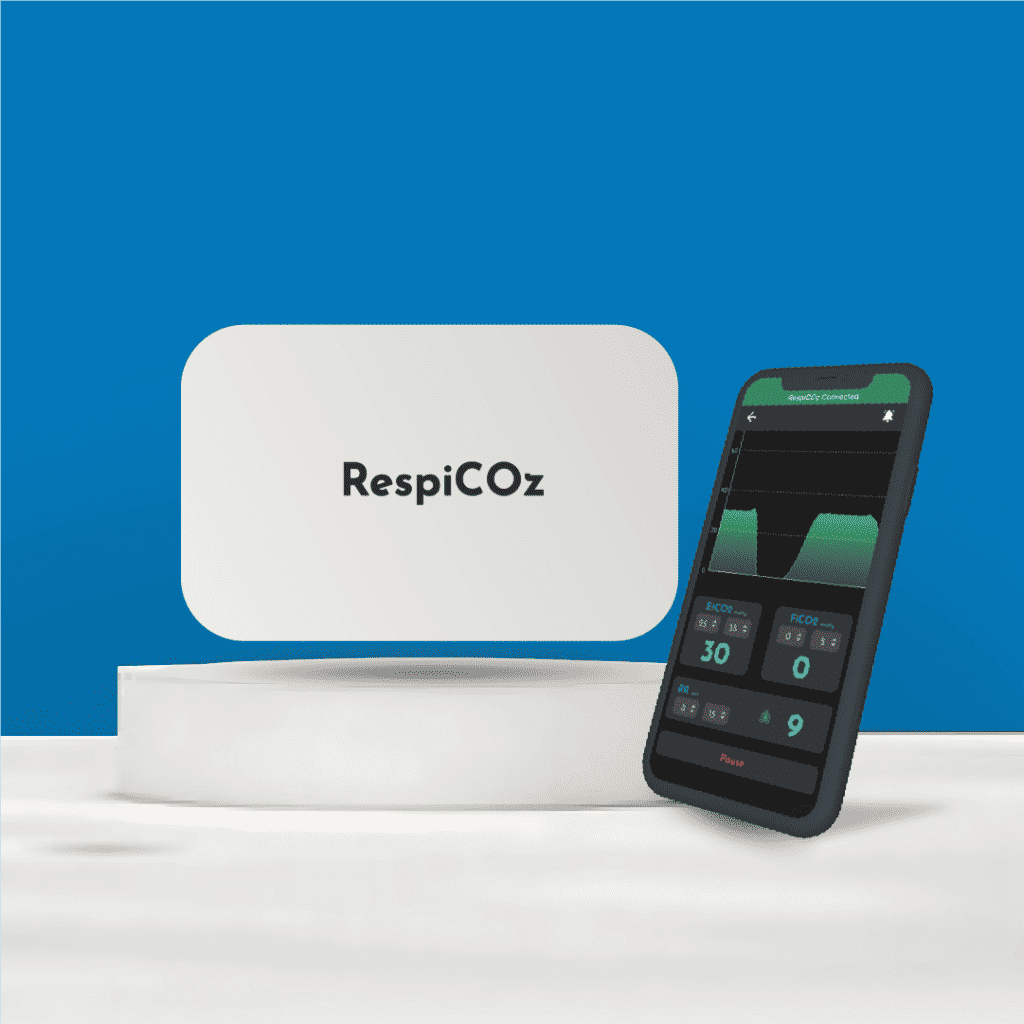Capnography waveforms say different things about your patient. Based on that, you can diagnose and treat your patients accordingly.
Here are some different capnograms that help you to identify your patient’s conditions.
Normal Capnogram

Bronchospasm/Asthma/COPD

Increasing EtCO2 (Hypoventilation)

- Decrease in Respiratory Rate & Tidal Volume
- Increase in Metabolic Rate
Decreasing EtCO2 (Hyperventilation)

- Increase in Respiratory Rate & Tidal Volume
- Fall in Body Temperature
Rebreathing CO2

- Faulty expiratory valve
- Inadequate inspiratory flow
- Insufficient expiratory time
Curare Cleft

- The patient is mechanically ventilated
- Depth of cleft is proportional to the degree of muscle relaxant
Accurate capnogram analysis requires a thorough understanding of respiratory physiology and waveform interpretation. Enhancing your skills and knowledge in this area will improve patient care and outcomes.
References:
- How to read and interpret capnography waveforms? [Link]
—
[Click here] to learn more about “The World’s First Smart Capnometer”









